Batteries play a crucial role in our daily lives, powering a wide range of devices from portable electronics to electric vehicles. With numerous battery types available, it is essential to understand their characteristics, advantages, and disadvantages. This essay aims to provide a comprehensive comparison of various types of batteries, shedding light on their applications, performance, and environmental impact.
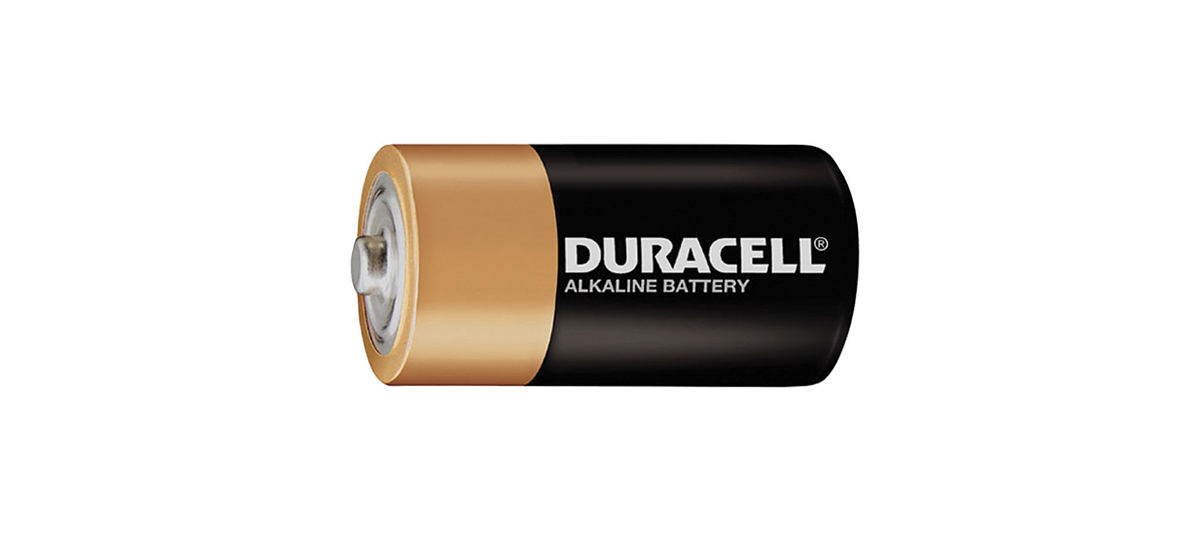
Alkaline Batteries:
Alkaline batteries are ubiquitous and commonly found in household devices. They offer affordability, wide availability, and a long shelf life. However, they have limited capacity and are not rechargeable, making them more suitable for low-drain devices like remote controls and clocks.
-batteries.jpg)
NEEXGENT LiFePO4 BAttery Cells
Lithium-Ion (Li-ion) Batteries:
Li-ion batteries have revolutionized portable electronics with their high energy density and lightweight design. They are widely used in smartphones, laptops, and electric vehicles. Li-ion batteries offer a longer cycle life, no memory effect, and a relatively stable discharge curve. However, they are more expensive to manufacture and are sensitive to high temperatures, requiring careful handling.
-batteries.jpg)
Nickel-Metal Hydride (NiMH) Batteries:
NiMH batteries provide higher capacity than alkaline batteries and are rechargeable. They are commonly used in devices such as digital cameras, toys, and cordless phones. While NiMH batteries have a higher self-discharge rate and lower energy density compared to Li-ion, they have a reduced memory effect compared to older Nickel-Cadmium (NiCd) batteries.
-batteries.jpg)
Nickel-Cadmium (NiCd) Batteries:
NiCd batteries, although less common nowadays, were widely used in the past. They offer rechargeability, good performance in cold temperatures, and relatively low cost. However, they have lower energy density than NiMH and Li-ion batteries, suffer from memory effect, and contain toxic cadmium, which poses environmental concerns.

Lead-Acid Batteries:
Lead-acid batteries are the oldest rechargeable battery technology and are commonly used in automotive applications and backup power systems. They are known for their high surge currents, making them suitable for engine starting. However, lead-acid batteries are heavy, bulky, and have low energy density. They require maintenance, including periodic water refilling, and can release toxic gases.
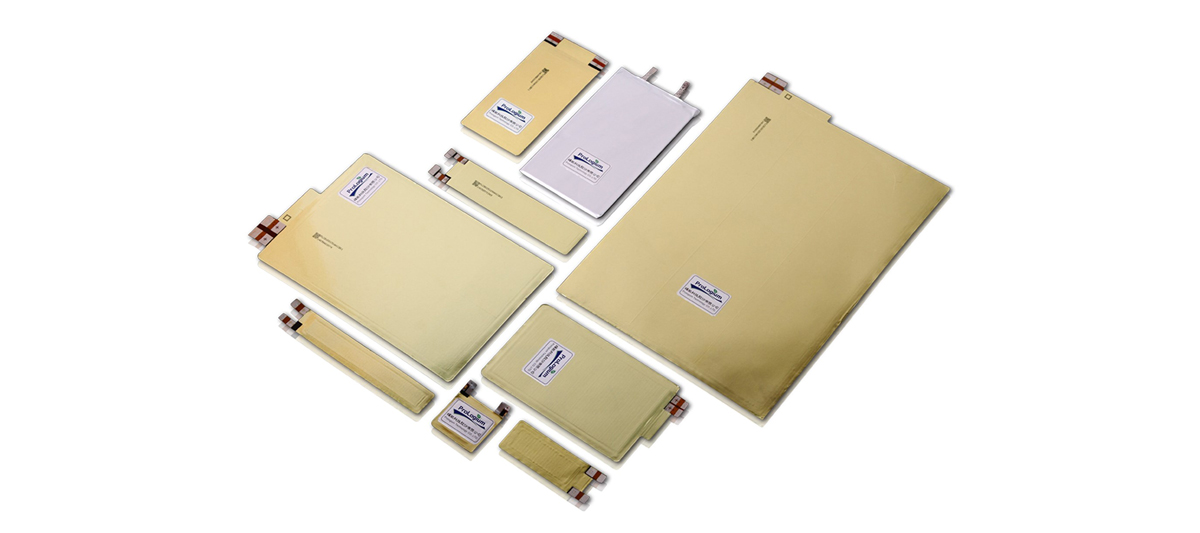
Solid-State Batteries:
Solid-state batteries represent a promising future technology. They utilize solid electrolytes instead of liquid or gel electrolytes found in traditional batteries. Solid-state batteries offer potential advantages such as higher energy density, improved safety, faster charging, and longer lifespan. However, they are currently expensive and in the early stages of development, with limited commercial availability.

Zinc-Carbon Batteries:
Zinc-carbon batteries, also known as carbon-zinc batteries, are commonly found in low-cost, disposable consumer applications such as flashlights and remote controls. They are affordable and widely available. However, they have relatively low capacity and shorter shelf life compared to alkaline batteries. Zinc-carbon batteries are not rechargeable and are less suitable for high-drain devices due to their limited performance.
-batteries.jpg)
Lithium Polymer (Li-Po) Batteries:
Li-Po batteries are a variant of Li-ion batteries that utilize a polymer electrolyte instead of a liquid electrolyte. They are commonly used in small, lightweight devices like smartphones, tablets, and drones. Li-Po batteries offer flexibility in terms of shape and size, making them suitable for slim and compact designs. They have high energy density, lightweight construction, and can deliver high discharge rates. However, they require specialized charging and handling procedures due to their sensitivity to overcharging and physical damage.
-batteries.jpg)
Sodium-Ion (Na-ion) Batteries:
Sodium-ion batteries are considered an alternative to Li-ion batteries, utilizing sodium ions instead of lithium ions. They offer the advantage of using more abundant and less expensive sodium resources. Na-ion batteries have a similar energy density to Li-ion batteries, making them potentially suitable for large-scale energy storage applications. However, they are still in the early stages of development, and their performance and commercial viability are yet to be fully established.
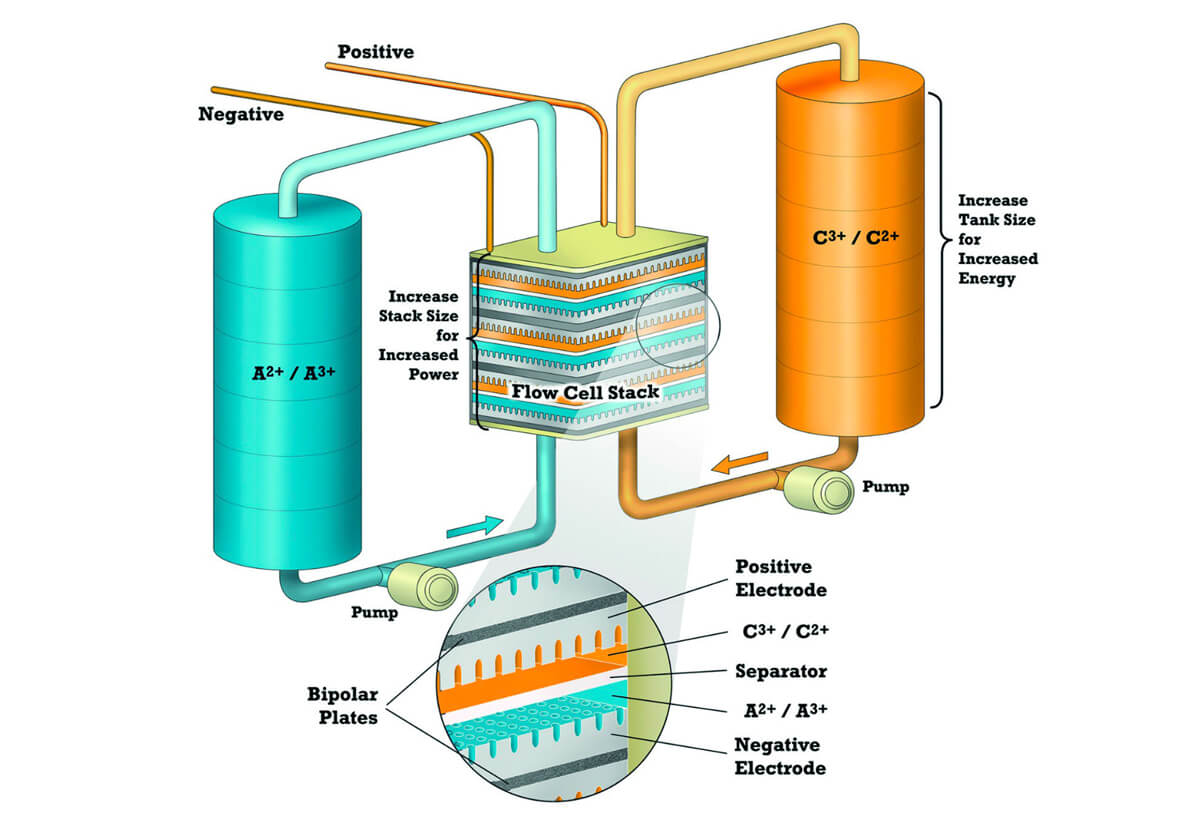
Flow Batteries:
Flow batteries are a type of rechargeable battery that uses two separate electrolyte solutions stored in external tanks. The electrolytes are pumped through the battery cell when power is required. Flow batteries offer advantages such as scalability, long cycle life, and rapid response times. They are commonly used in large-scale energy storage systems and renewable energy applications. However, flow batteries are generally bulkier and more expensive than conventional batteries, limiting their use in small-scale applications.
-batteries.jpg)
Sodium-Sulfur (NaS) Batteries:
Sodium-sulfur batteries are high-temperature batteries commonly used for grid-scale energy storage and large-scale applications. They operate at elevated temperatures, typically around 300-350°C, and use molten sulfur as the positive electrode and liquid sodium as the negative electrode. NaS batteries offer high energy density and long cycle life. However, their high operating temperatures and potential safety risks require careful handling and specialized infrastructure.

Zinc-Air Batteries:
Zinc-air batteries utilize oxygen from the air as a reactant, resulting in high energy density. They are commonly used in hearing aids, where their long runtime and lightweight construction are beneficial. Zinc-air batteries are also being explored for electric vehicle applications due to their high theoretical energy density. However, they have limited rechargeability and can be affected by environmental factors such as humidity.
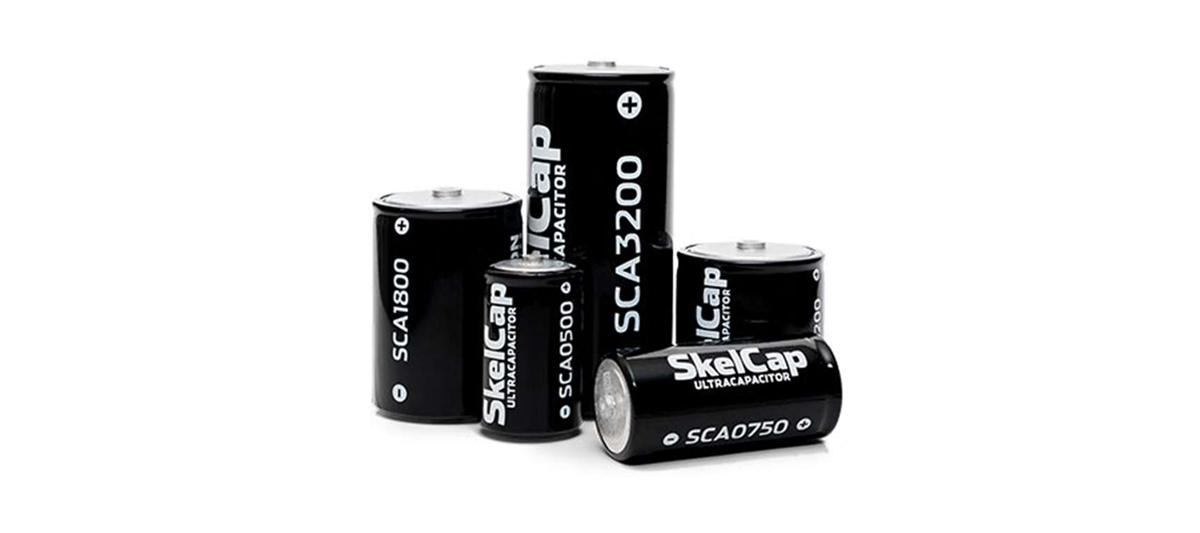
Graphene-Based Batteries:
Graphene-based batteries are a relatively new and promising development in the field of battery technology. Graphene, a single layer of carbon atoms arranged in a two-dimensional structure, offers exceptional electrical conductivity and mechanical strength. Batteries incorporating graphene-based materials have shown potential for high energy density, fast charging times, and improved cycle life. Additionally, graphene's abundance and environmental compatibility make it an attractive candidate for sustainable energy storage solutions. However, further research and development are required to optimize production methods, scale up manufacturing, and address cost challenges before widespread commercialization can be achieved.

Sodium-Ion Hybrid Capacitors:
Sodium-ion hybrid capacitors combine the benefits of capacitors and batteries. They incorporate a sodium-ion battery electrode for energy storage and a capacitor electrode for rapid energy release. Sodium-ion hybrid capacitors offer advantages such as high power density, long cycle life, and improved safety compared to some other battery technologies. These hybrid devices have the potential to bridge the gap between batteries and capacitors, providing a versatile solution for applications that require both high power delivery and energy storage.

Magnesium Batteries:
Magnesium batteries utilize magnesium as the active material for energy storage. They have the potential for high energy density due to the divalent nature of magnesium ions, allowing for the storage of more charge per unit volume. Magnesium is also more abundant and less prone to dendrite formation compared to lithium, offering potential advantages in terms of safety and cost. However, magnesium batteries are still in the early stages of development, and technical challenges such as finding suitable electrolytes and electrode materials need to be overcome before commercial viability can be achieved.
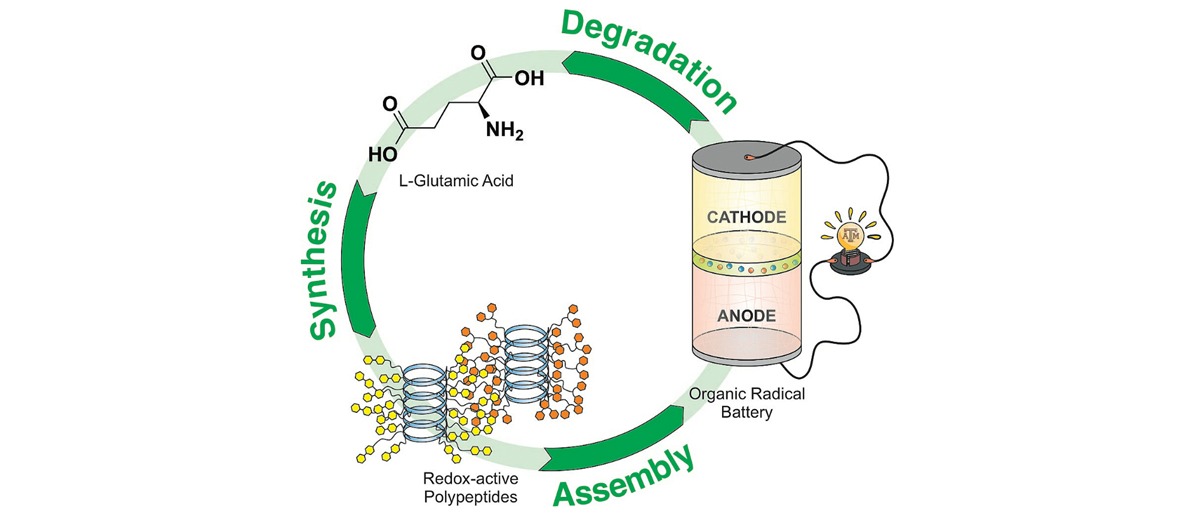
Organic Batteries:
Organic batteries, or organic radical batteries, employ organic compounds as the active material for energy storage. These batteries offer advantages such as low cost, environmental friendliness, and potentially high energy density. Organic batteries have shown promise for applications in wearable electronics, flexible devices, and other emerging technologies. However, their current performance falls short compared to traditional battery technologies, and further research is needed to improve their capacity, cycle life, and stability.
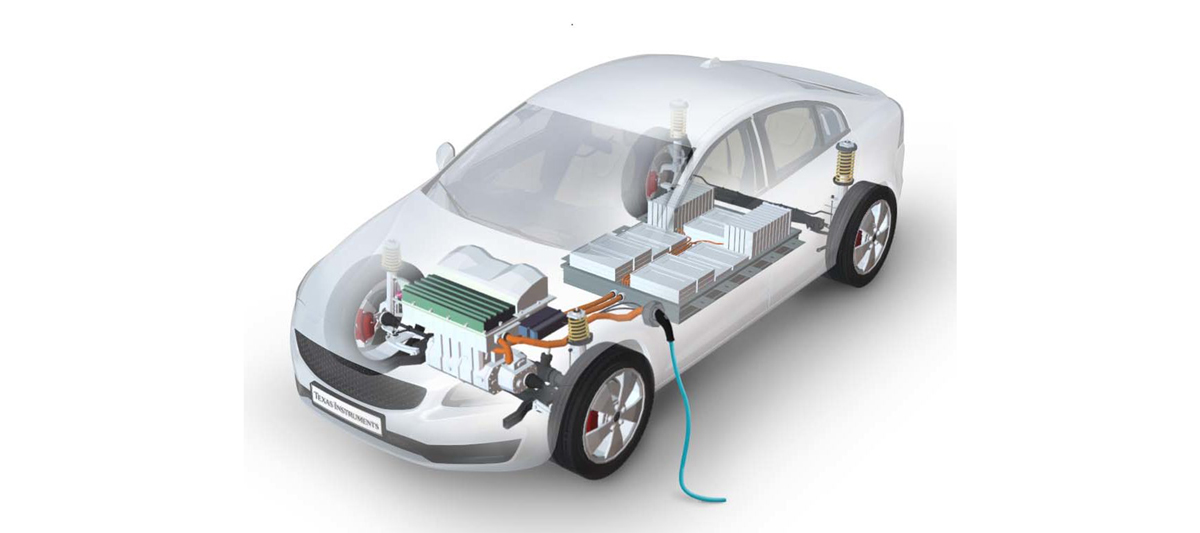
Hybrid and Advanced Battery Systems:
Hybrid and advanced battery systems involve combining multiple battery technologies to leverage their respective strengths and compensate for their weaknesses. For example, combining a high-energy-density Li-ion battery with a supercapacitor can enhance the power delivery capabilities of the overall system. Hybrid and advanced battery systems aim to achieve optimized energy storage solutions tailored to specific applications, such as electric vehicles or renewable energy storage. These systems often require sophisticated control algorithms and integration techniques to maximize efficiency and performance.
The comparison of various types of batteries continues to evolve as new technologies emerge and existing ones are refined. Each battery type offers a unique combination of attributes that determine its suitability for specific applications. Factors such as energy density, rechargeability, cost, safety, environmental impact, and scalability play crucial roles in battery selection. As research and development efforts continue, we can expect further advancements, including the commercialization of novel battery technologies, improvements in performance, and increased sustainability in energy storage solutions.







-batteries.jpg)
-batteries.jpg)
-batteries.jpg)



-batteries.jpg)
-batteries.jpg)

-batteries.jpg)




